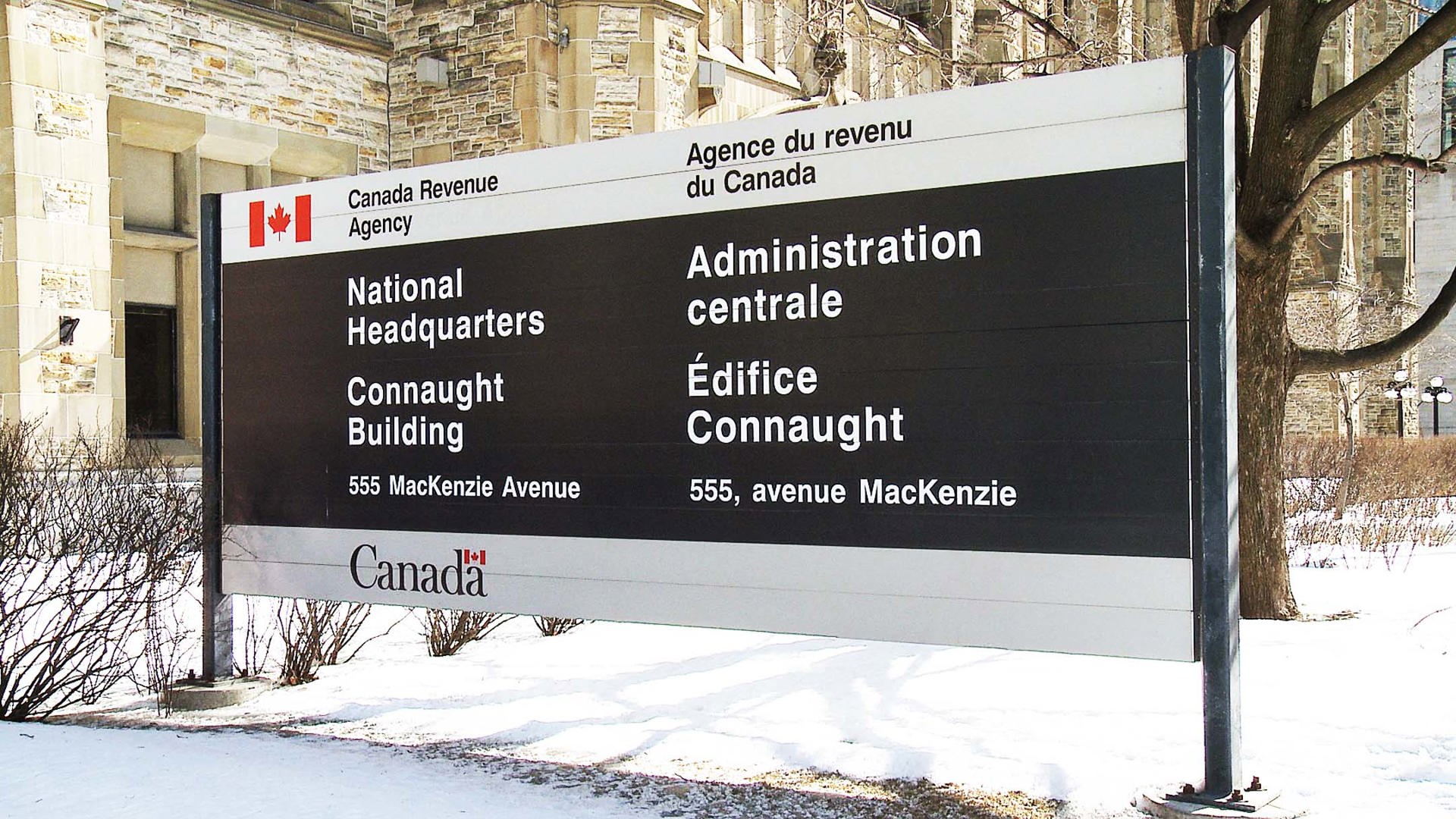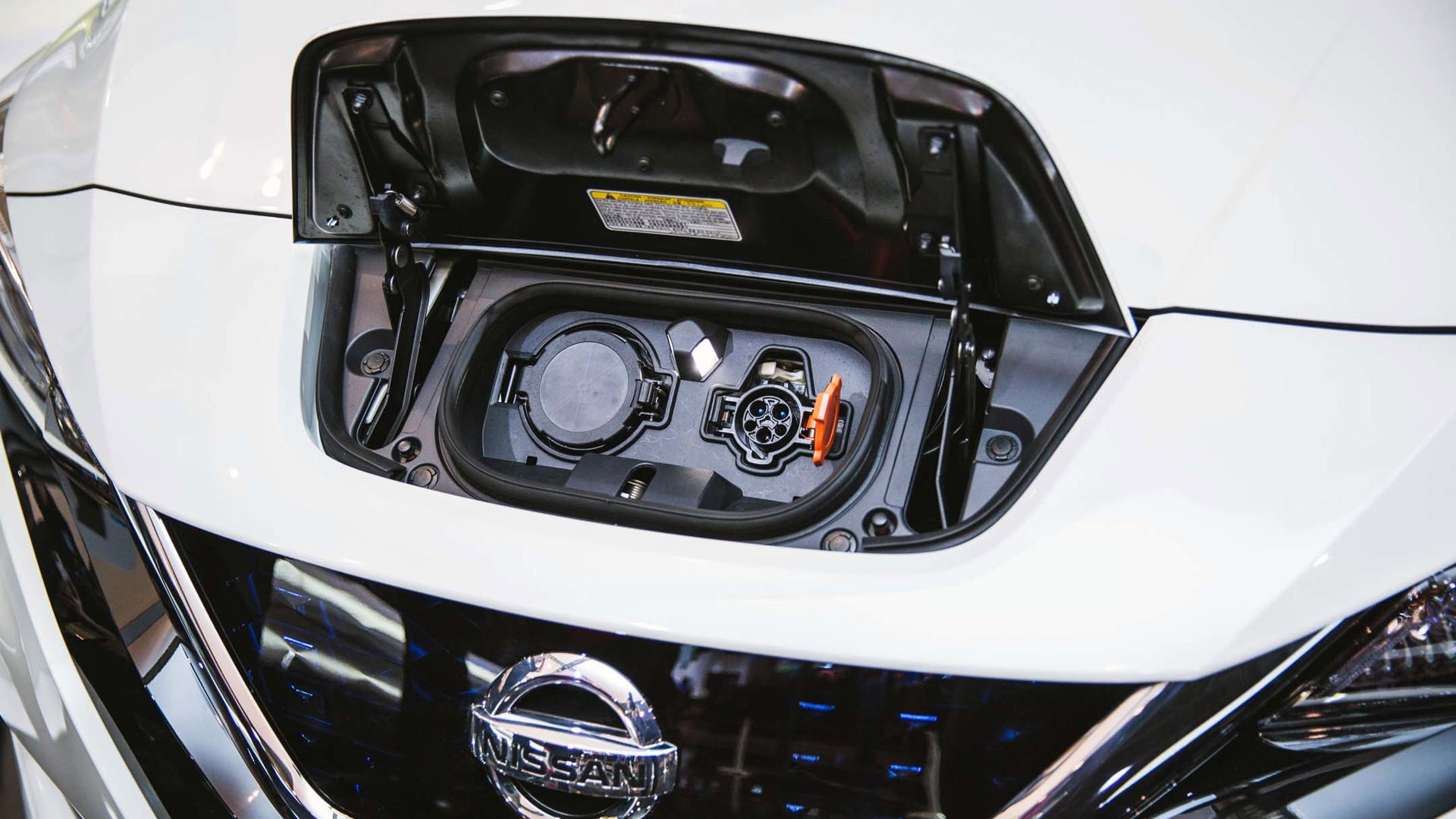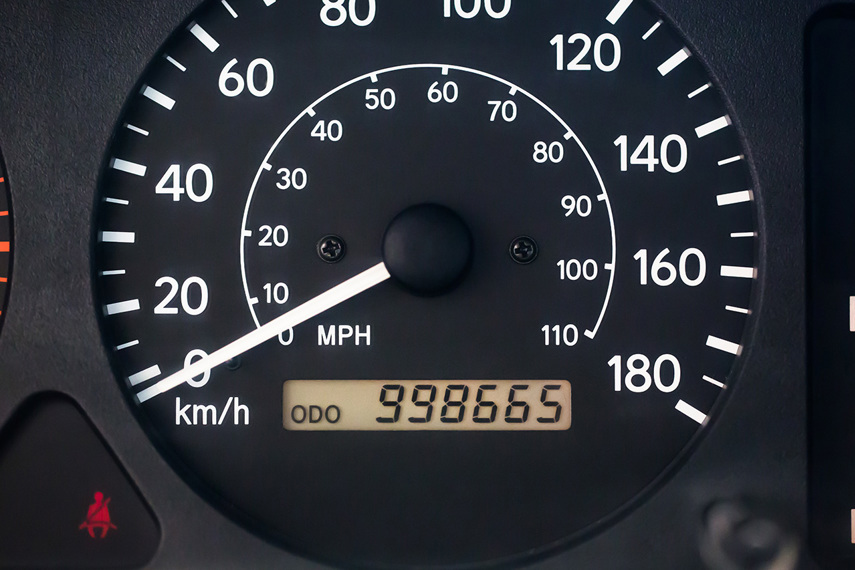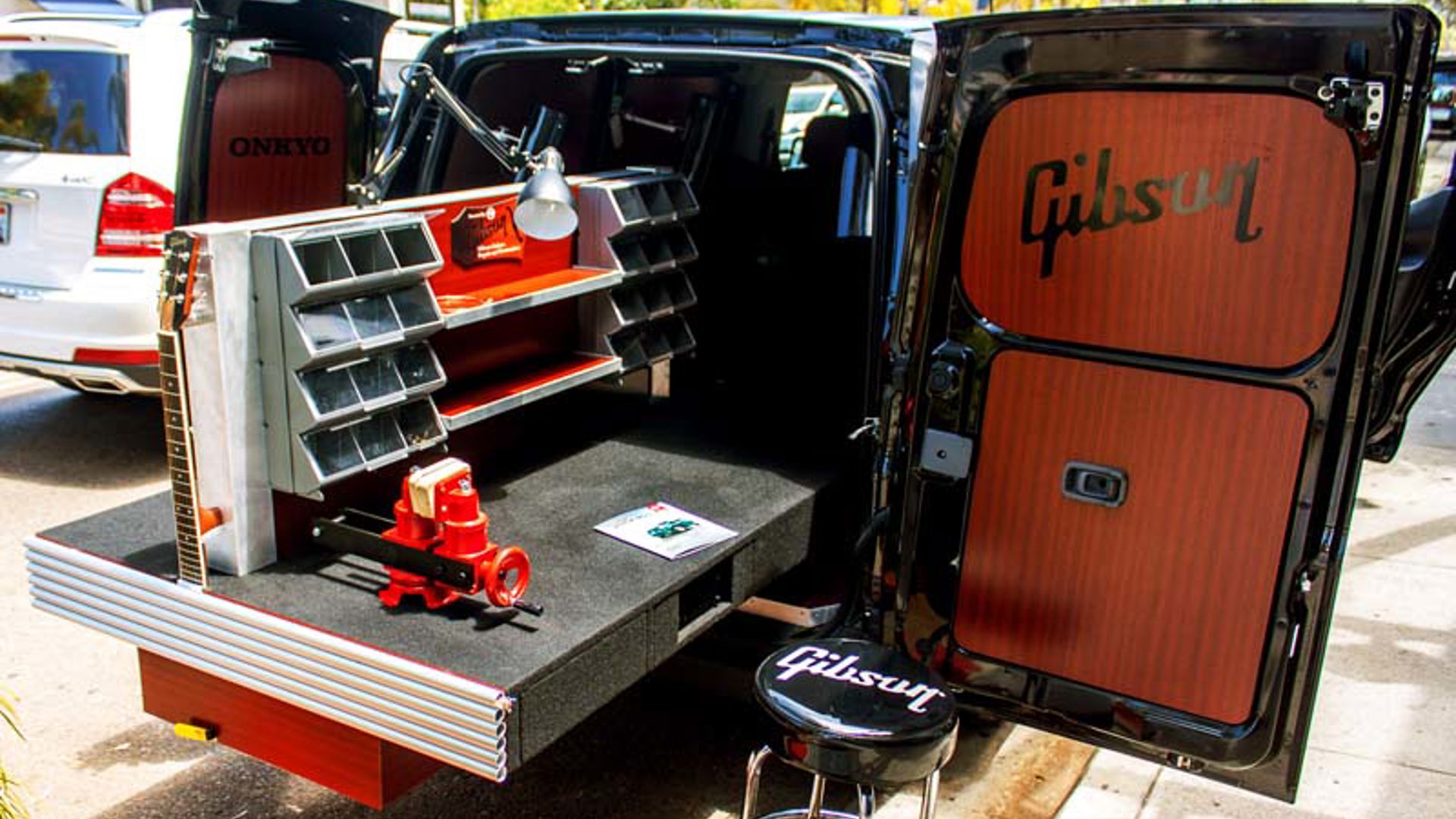Few people look forward to tax time, but if you use a vehicle for work, there are some changes in this year’s edition that could work in your favour.
Among other changes, the Canada Revenue Agency (CRA) may put a few cents per kilometre back into your pocket if you’re using your vehicle for work – along with an incentive to “go green” when shopping for a new vehicle.
We’ve rounded up some of the allowances for which you may be eligible, depending on whether you own your own business, are self-employed, reimbursed for your vehicle expenses, or use a company car. Remember that this is just a compilation, and you should consult a tax professional, or the CRA, for any questions you have.
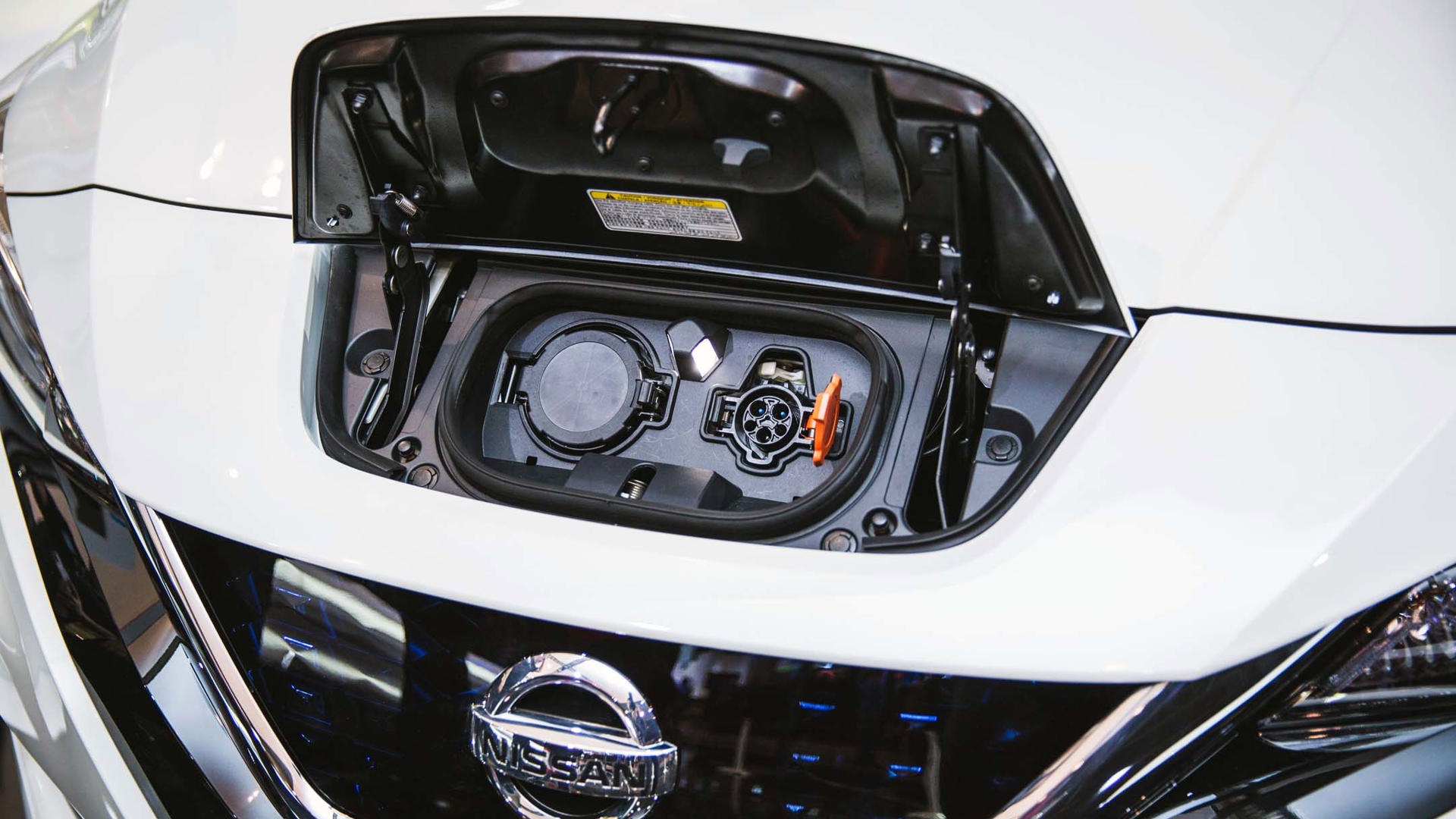
Purchasing a New Vehicle for Business Use
Zero-Emission Vehicles (ZEV) Enhanced Allowance
If you’re a business owner, you may already know that the capital cost allowance (CCA) deduction limit on a conventional vehicle is $30,000 plus tax. Under the new federal budget, zero-emission vehicles for business use will be eligible for a full CCA deduction in the year they’re purchased, starting with vehicles bought on March 19, 2019, or later.
Eligible zero-emission vehicles have a $55,000 limit, plus sales tax. The ZEV has to be purchased, not leased. ZEVs are more expensive than conventional vehicles, and the government will review the program annually and, if necessary, raise the purchase price limit if car prices go up.
It’s a temporary measure, meant as an incentive to increase demand for ZEVs, and the allowance will eventually decrease. The deduction can only be claimed in the taxation year that the vehicle first becomes available for use. There is also a special rule in place for deducting the proceeds of disposition against the CCA if the zero-emission vehicle is later sold.
You can claim 100 percent of the CCA on vehicles from the start date of March 19, 2019, until 2023. For 2024 and 2025, the first-year enhanced allowance is 75 percent. In 2026 and 2027 it will be 55 percent, and from 2028 onward, there will be no enhanced allowance, and the vehicle will instead be subject to the conventional CCA deduction.
Qualifying ZEV vehicles include battery-electrics, hydrogen fuel cell vehicles, and plug-in hybrids with a battery capacity of at least 15 kWh. The CRA says it includes light-, medium-, or heavy-duty vehicles, although at the moment, there are only light-duty ZEVs on the market.
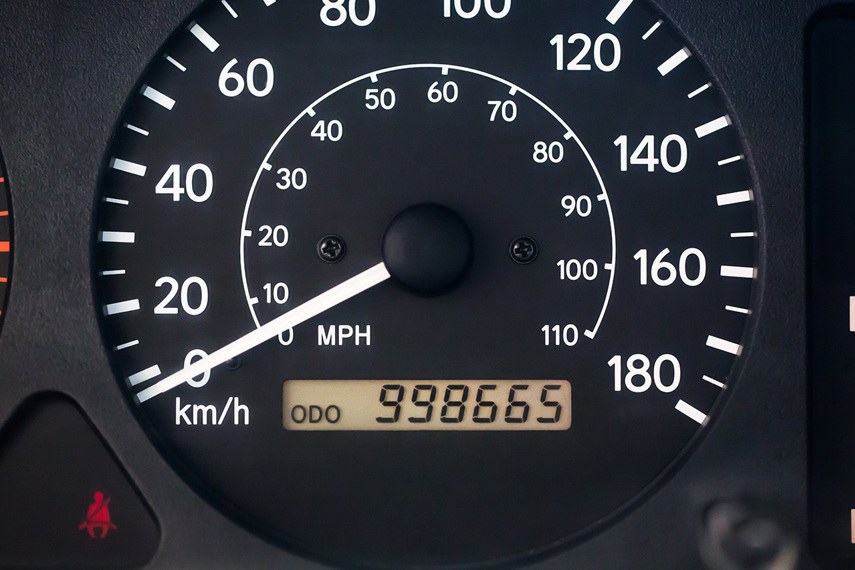
Using Your Personal Vehicle for Business
Per Kilometre Deduction Increase
For 2019, there’s an increase in the deduction of tax-exempt allowances paid by your employer if you use your personal vehicle for business. The raise is “intended to reflect the main costs of owning and operating an automobile, such as depreciation, financing, insurance, maintenance, and fuel,” according to the CRA.
In the provinces, it’s up 3 cents per kilometre, to 58 cents/km for the first 5,000 kilometres driven, and to 52 cents/km for each one after that.
In the Northwest Territories, Nunavut, and Yukon, the allowance goes up by 4 cents/km, to 62 cents/km for the first 5,000 kilometres driven, and 56 cents/km after that.
You’re allowed to deduct expenses if you use your vehicle for work and you’re not reimbursed by your employer, but there are limits. The big one is that you have to be using it specifically to earn money, and the expenses have to be “reasonable.”

Qualifying for the Deduction
To qualify, you have to regularly work away from your office. Using your vehicle just to commute between home and work isn’t considered an expense.
You don’t need to use your vehicle only for work in order to claim expenses, but you have to separate business and personal use. You’ll need to keep a detailed log book, either paper or electronic, that includes: the vehicle’s odometer at the beginning and end of the reporting period; the kilometres you drove for each business-related trip; and the total of what you spent on gasoline, maintenance, insurance, licensing, and other expenses. This log needs to be complete and accurate, and the CRA can ask to see it.
If you use more than one vehicle for work, you have to keep a log for each one. If you switch to another vehicle during the year, you need to record the starting and finishing odometer readings for the outgoing and incoming one.
At the end of the year or reporting period, you add up the total kilometres the vehicle was driven, and determine the percentage by subtracting the kilometres driven for personal use. The corresponding percentage of expenses is your business-use deduction. Parking fees paid while on business are kept separate, as you deduct the full amount for them (likewise, non-business parking isn’t included in the log either).
A portion of the vehicle’s capital cost allowance, any gain or loss from the sale of a work-related vehicle, interest you paid on a loan to buy the vehicle, or a portion of your lease payments can also be claimed. These deductions can be complicated, and we suggest a tax professional for your particular circumstances.
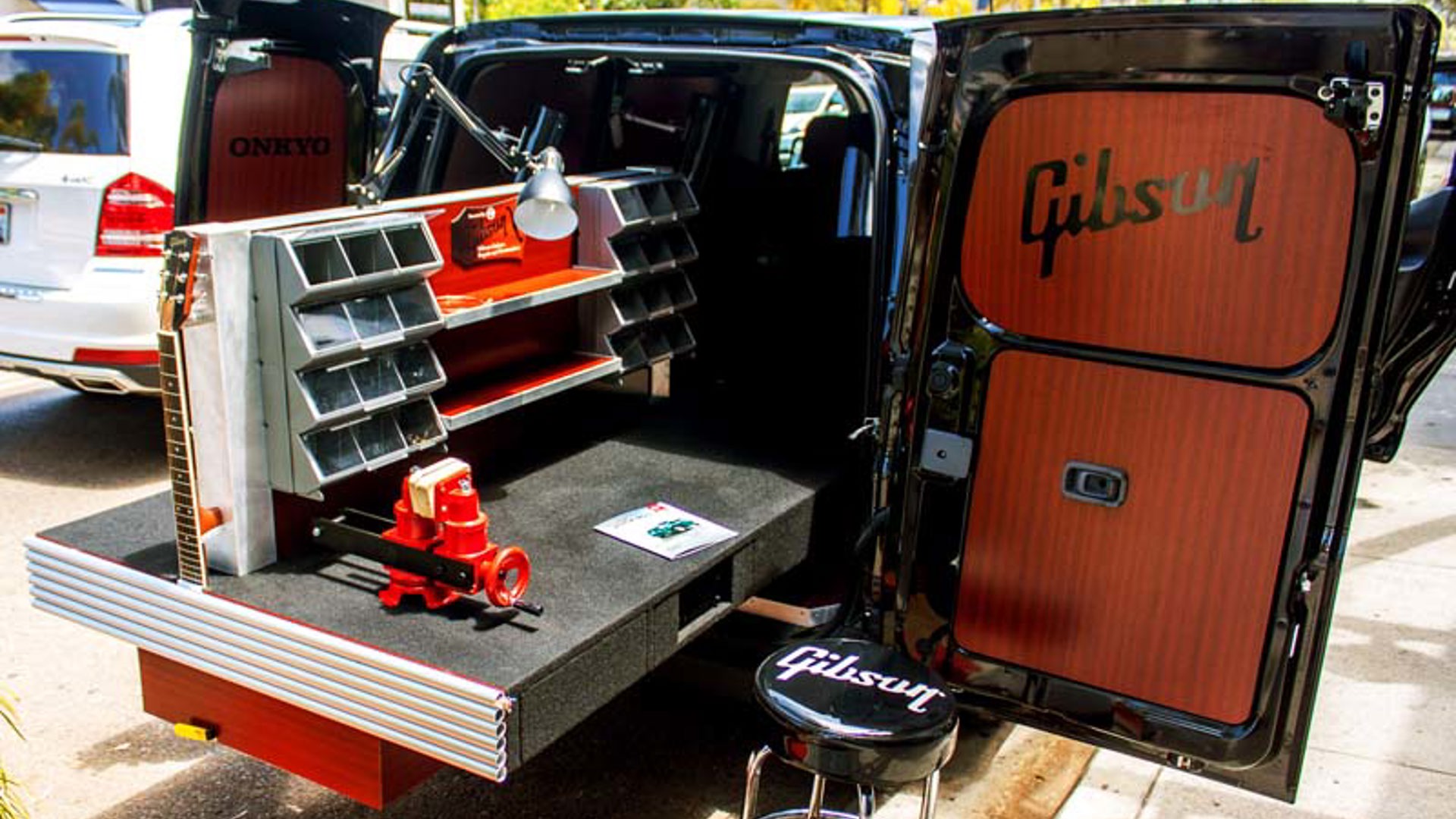
Using a Company Car
If your employer provides you with a company car, it’s considered a taxable benefit and it shows up on your T4 slip if it’s available for your personal use outside of business hours.
The taxable benefit is called the “standby charge”, which is calculated on the vehicle’s purchase or lease price, the amount of personal use, and the number of days you have access to the vehicle – which means from the time it’s first available to you, until the day you’re required to turn it in, not just the days you’re actually behind the wheel.
You may also be hit with a taxable benefit for the personal-use portion of any maintenance, insurance, or fuel that your employer provides.
However, the CRA allows for a reduced standby charge for employees who don’t use their company cars very much for personal use. Your taxable benefit can be reduced if you use the vehicle for business more than 50 per cent of the time; or you don’t drive more than 1,667 kilometres per month, or 20,004 kilometres per year, for personal use.
Driving to or from the office usually counts as personal use, unless you’re conducting required business along the way – and it’s important that you keep a detailed log book to back up your claims of business-versus-personal use.
No matter what you drive, or where you drive it, this is only a summary of expense allowances. Always consult a tax professional for your particular circumstances.
